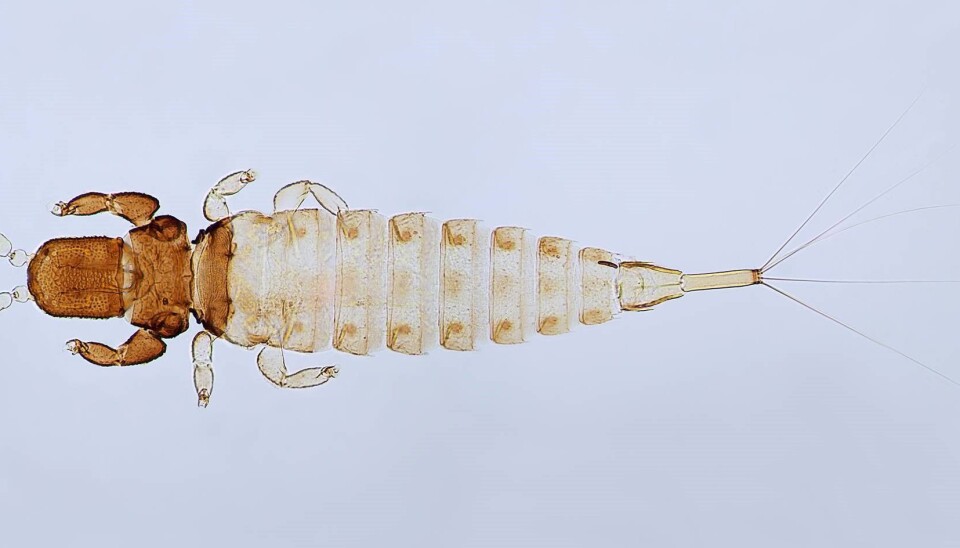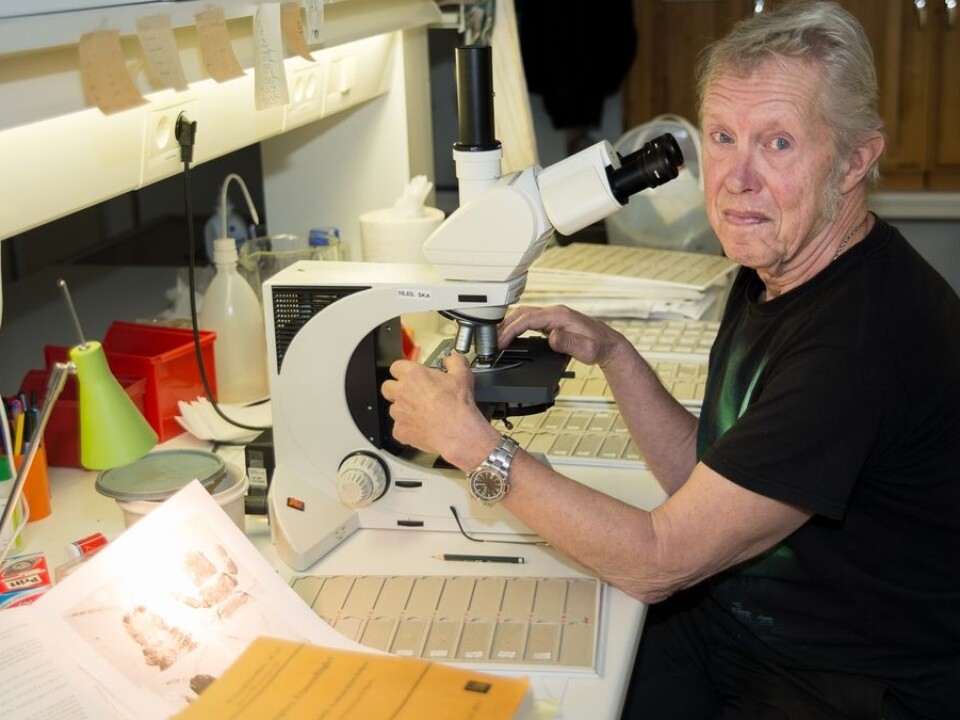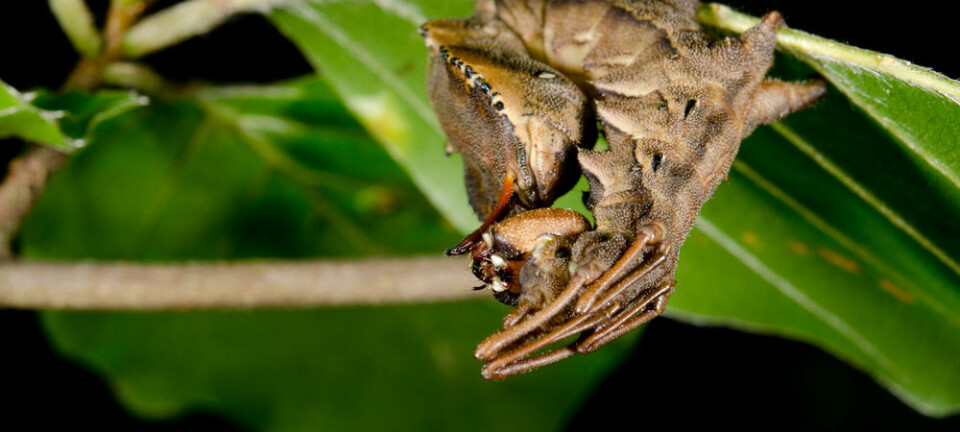This article was produced and financed by Norwegian Institute for Agricultural and Environmental Research

New insect species discovered in the Seychelles
Keeping in mind that it is so small that it can barely be seen by the naked eye, the discovery is a great accomplishment.
Denne artikkelen er over ti år gammel og kan inneholde utdatert informasjon.
Usually, they are found in enormous quantities, although they are still difficult to spot. They measure only about 1–2 millimetres in length and hide in plants.
We’re talking about thrips. A lesser-known group of insects that includes around 6,000 species.
Travel the world in the search for thrips
The man behind the discovery of the new thrips species is researcher Sverre Kobro from Bioforsk Plant Health – the Norwegian Institute for Agricultural and Environmental Research.
He is an expert in identifying insects. Particularly butterflies and – yes– thrips.

Throughout the last ten years, Kobro and his wife have spent most holidays travelling the world searching for thrips.
“We decided to take one long distance holiday every year. So far we have been to the Canary Islands, Madagascar, Thailand, Chile, Costa Rica, Tobago, South Africa, Swaziland, Botswana and Zambia,” he says.
He does not know how many species of thrips he has come across during these trips, but says the number is high. At Bioforsk he has also collected most of the 126 species of thrips found in Norway.
Urothrips kobroi
It was during a visit to the Praslin Island in the Seychelles in 2012 that Kobro collected the thrips which proved to be of a species completely new to science.

The species has been named Urothrips kobroi.
Some thrips are found worldwide, while others have a more limited spread. The Urothrips family is found in South Africa, India, Thailand and Australia and is represented by several species.
This means that the genus probably has been present in Gondwanaland since dinosaurs roamed the earth and has spread by continental drift. It is therefore perhaps not surprising that this distinctive species is found on a separate island group.
Collection and preparation
Thrips are mostly collected through plant samples - mainly flowers. Some thrips species are found high up in the canopy, while others live in the litter layer on the ground. It is however difficult to collect these and it requires a good deal of equipment.
Kobro has therefore mostly prioritised gathering plant material such as flowers and grass, which is then rinsed with soapy water and filtered.
Back in Norway, the thrips are meticulously prepared. It is only the external skeleton, or the skin, which is kept. The content of the body is removed with potassium hydroxide (KOH) and then replaced with clove oil.
Then the skeleton of each individual is cast in Canada balsam, which hardens into amber. The process takes a few days, but the preparation lasts forever.
“The preparations are transparent. This allows us to look through the insects and study characteristics on both sides,” explains Kobro.
“The animals are so small that it is difficult to turn them around. Also, the most important determining characters are found in the skeleton,” he says.
Called in to identify pest
Kobro’s interest in thrips began when he got the responsibility to determine the thrips species Thrips palmi.
The species is a dreaded quarantine pest that can cause considerable damage to for example cucumber, eggplant, tomatoes and peppers in European greenhouses.
Thrips palmi is originally native to Southeast Asia, but the species has gradually spread to Latin America, Florida, Africa and Australia. During the last 25 years, there have also been several outbreaks in Europe, such as in the Netherlands, Portugal and the UK.
The Norwegian Food Safety Authority (FSA) previously conducted checks to safeguard against unwanted imports of this thrips. The FSA was not able to wait for days on test results. Kobro therefore had to develop a faster method to identify the pest.
He can now prepare and identify the Thrips palmi within 30 minutes.
Important part of nature
A few years back, the thrips enthusiast counted how many thrips were present on a plant. Then he counted how many plants there were per square kilometre.
“A book told me how much thrips weigh and then I could just multiply up. The result was 600 kg thrips per square kilometre. This is comparable to a medium population of moose in Norway!”
“When you also take into consideration that the processing of material is greater the smaller the organism, it becomes clear that these insects are very important for the processing of organic matter,” Kobro concludes.
------------
Read the Norwegian version of this article at forskning.no


































